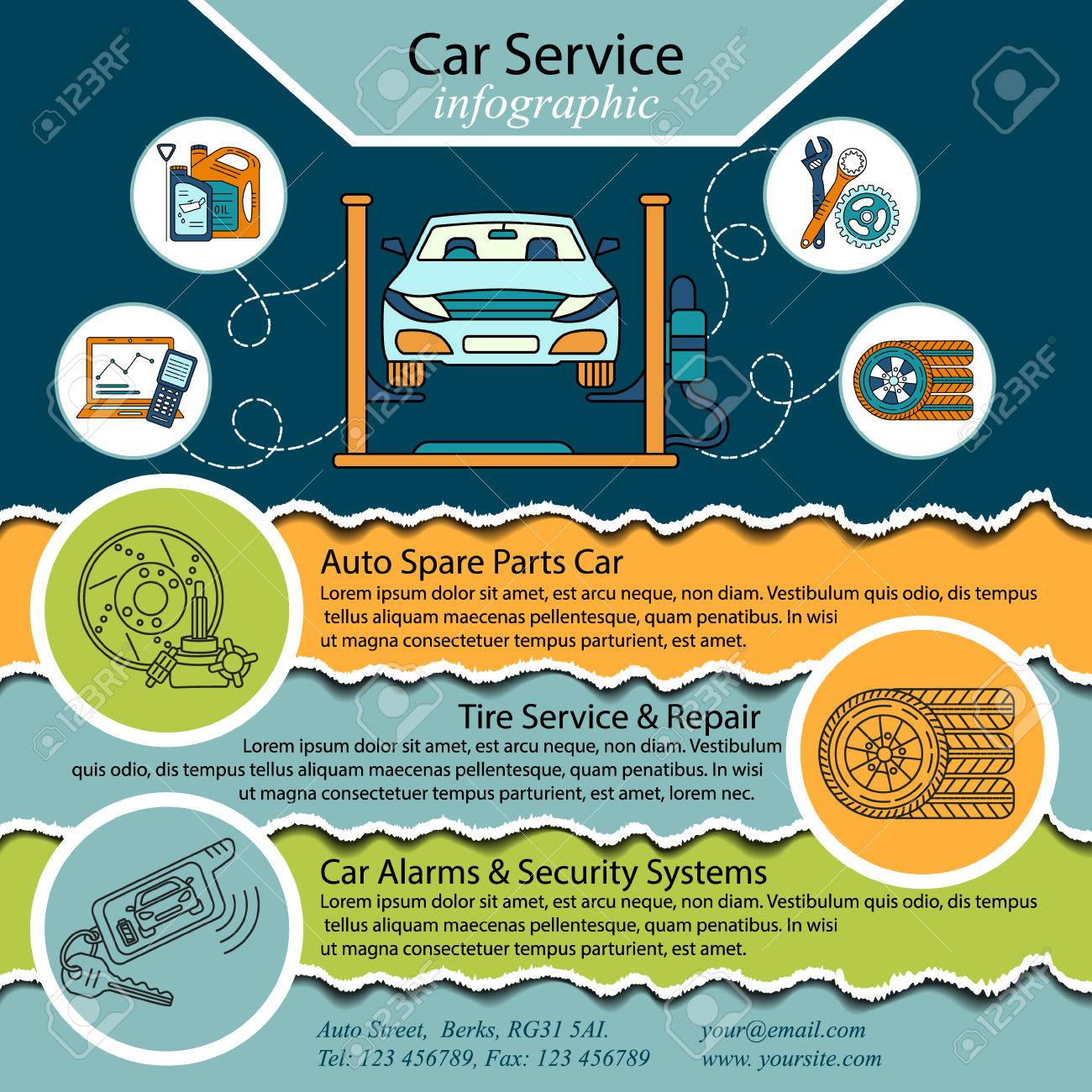Eager To Understand What The Dashboard Caution Lights In Your Vehicle Symbolize? Explore Their Significances For The Well-Being And Safety Of Your Lorry
Eager To Understand What The Dashboard Caution Lights In Your Vehicle Symbolize? Explore Their Significances For The Well-Being And Safety Of Your Lorry
Blog Article
car mould removal service near me Composed By-Samuelsen Gilbert
When you're behind the wheel, those radiant warning lights on your control panel can be a bit perplexing. Do you recognize what they're trying to inform you concerning your car's health? Comprehending the significance of these lights is essential for your security and the longevity of your automobile. So, the next time one of those lights pops up, wouldn't you wish to decipher its message precisely and take the necessary actions to resolve it?
Common Warning Lighting and Interpretations
Identify usual caution lights in your car and comprehend their significances to make certain secure driving.
The most regular warning lights include the check engine light, which signals concerns with the engine or emissions system. If this light comes on, it's crucial to have your automobile checked immediately.
The oil stress cautioning light indicates low oil pressure, calling for prompt interest to prevent engine damages.
A blinking battery light might suggest a faulty charging system, possibly leaving you stranded if not attended to.
The tire stress monitoring system (TPMS) light informs you to low tire stress, affecting lorry stability and gas effectiveness. Ignoring this could bring about harmful driving problems.
The abdominal muscle light suggests a problem with the anti-lock braking system, compromising your capability to quit rapidly in emergencies.
Finally, the coolant temperature level advising light warns of engine getting too hot, which can lead to extreme damages otherwise settled swiftly.
Understanding these typical caution lights will aid you deal with concerns immediately and maintain safe driving problems.
Significance of Prompt Focus
Understanding the common warning lights in your auto is just the first step; the relevance of without delay addressing these cautions can not be stressed sufficient to guarantee your security on the road.
When a warning light brightens on your control panel, it's your auto's method of communicating a potential concern that requires interest. Ignoring these warnings can bring about more severe issues in the future, endangering your safety and security and potentially costing you much more in repairs.
Prompt focus to advising lights can stop malfunctions and crashes. For https://www.digitaljournal.com/pr/automotive-repair-and-maintenance-services-market-growth-share-product-types-and-application-top-key-players-with-sales-price-business-overview-swot-analysis-2028-arnold-clark-automobiles-asbur , a flashing check engine light can indicate a misfire that, if left ignored, could cause damages to the catalytic converter. Resolving this without delay can save you from a pricey repair.
Likewise, a brake system advising light could signify reduced brake liquid or used brake pads, vital components for your security when driving.
DIY Troubleshooting Tips
If you see a warning light on your dashboard, there are a few DIY repairing tips you can attempt before looking for specialist assistance.
The very first step is to consult your cars and truck's handbook to recognize what the specific caution light suggests. Often the issue can be as straightforward as a loose gas cap triggering the check engine light. Tightening up the gas cap may resolve the issue.
One more usual issue is a low battery, which can activate different advising lights. Inspecting the battery links for rust and guaranteeing they're protected may deal with the problem.
If a warning light lingers, you can attempt resetting it by disconnecting the automobile's battery for a couple of mins and afterwards reconnecting it. Additionally, inspecting your automobile's liquid levels, such as oil, coolant, and brake fluid, can help repair alerting lights related to these systems.
Conclusion
Finally, recognizing your auto's caution lights is crucial for keeping your vehicle running smoothly and securely. By without delay attending to these notifies and recognizing what they imply, you can stay clear of costly repair services and prospective break downs.
Remember to consult your car's manual for specific information on each cautioning light and take action as necessary to ensure a trouble-free driving experience.
Keep educated, stay safe on the road!
